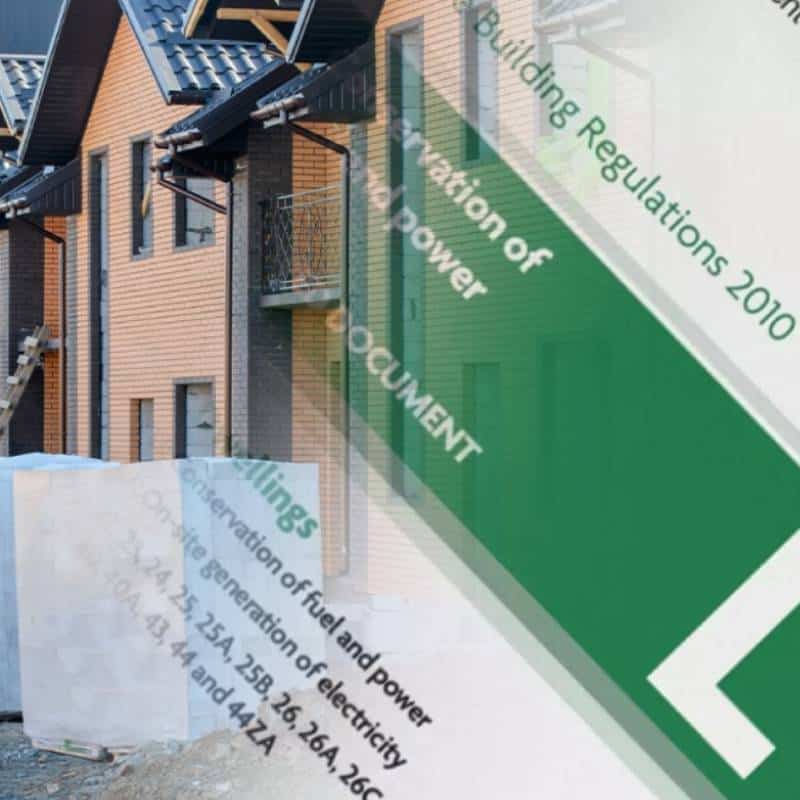Part L of the new Building Regulations is set to improve the energy efficiency of buildings and reduce carbon emissions. These regulations are essential for the construction industry, as they set the standards for the design and construction of buildings in the UK.
The exact implications of these new regulations on the future of UK construction depend on the specific changes made, however, we can provide some general expectations for how the updated Part L Building Regulations could impact the UK construction industry:
- Improved Energy Efficiency: The primary goal of updating Part L is to make buildings more energy-efficient. This can lead to more stringent requirements for insulation, heating, cooling, and lighting systems. Builders and developers may need to adopt advanced building techniques and technologies to meet these requirements.
- Use of Renewable Energy: There may be an increased emphasis on incorporating renewable energy sources like solar panels and heat pumps in building designs to reduce carbon emissions.
- Sustainable Building Materials: Regulations may encourage the use of sustainable and environmentally friendly building materials, which could impact the supply chain and construction practices.
- Design Considerations: Architects and designers may need to consider energy efficiency as a fundamental aspect of their designs, which could influence the aesthetics and layouts of buildings.
- Cost Implications: Meeting the new standards may lead to increased construction costs initially, but over the long term, it can result in reduced energy costs for building owners and occupants.
- Skills and Training: Construction workers and professionals may need training and up-skilling to ensure they can meet the new requirements, which could impact the workforce and training programs.
- Compliance and Enforcement: The government will need to enforce compliance with the updated regulations, and penalties for non-compliance may become stricter.
- Innovation and Research: The regulations could stimulate innovation in construction methods, materials, and technologies to meet the new energy efficiency standards.
To understand the specific implications of the updated Part L Building Regulations on the future of UK construction, it’s essential to refer to the latest government announcements and consult industry experts and organizations in the construction sector. Regulations and their impact on the industry can change over time, and staying informed about the latest developments is crucial for anyone involved in construction in the UK.
